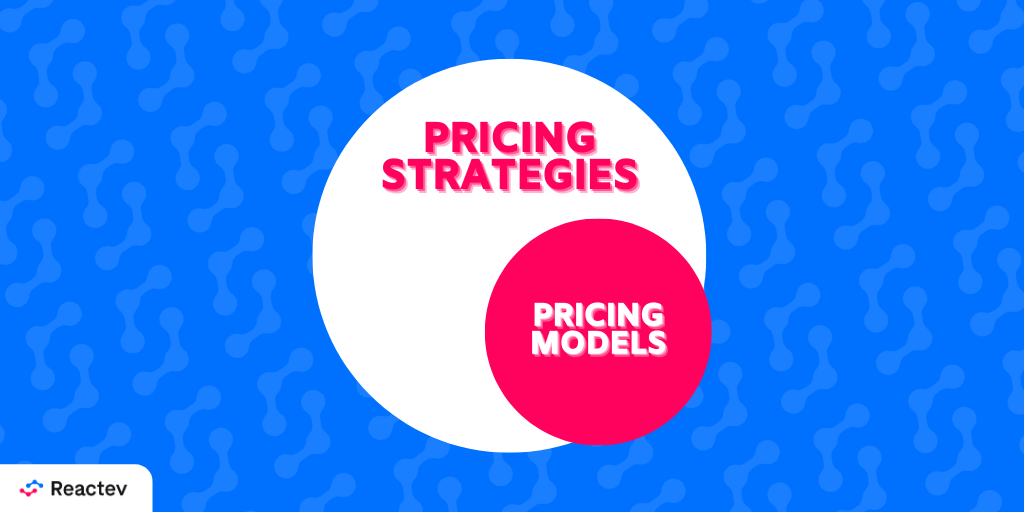
What is the difference between pricing models and pricing strategies?
04/26/2024 - Dynamic pricing
In an environment as dynamic as eCommerce, selecting a pricing model and different pricing strategies is pivotal in determining the success or failure of the project. Both require monitoring and analyzing of multiple factors. Technological advances and the emergence of tools, such as Reactev’s Price Management Software, have made both much easier.
Below, we will analyze the differences between pricing models and pricing strategies and how effective implementation of both can boost your eCommerce business.
How do pricing strategies and pricing models differ?
The main difference between the two terms is that while a pricing strategy sets the approach and objectives for pricing decisions, pricing models define the specific methods and mechanics for implementing those decisions.
Definition of pricing models
A pricing model is a specific method a company uses to determine the prices of its products. This is critical, as it directly influences value, demand, and profitability.
Most common eCommerce pricing models
All eCommerce use pricing models to attract customers, maximize revenue, and remain competitive. The most widely used are:
Fixed Pricing
In this model, products are offered at a fixed price. Customers pay the same amount regardless of supply, demand, or customer characteristics.
Dynamic Pricing
Dynamic Pricing involves adjusting prices in real-time based on factors such as supply, demand, competitors’ prices, and even where the customer is shopping or the time of day. Automated pricing software makes this possible by using algorithms and data analysis.
Bundle Pricing
Bundle Pricing involves offering several products together at a lower price than it would cost to buy them separately. This model encourages customers to buy more items and can help increase the average order value.
Market Pricing
With Market Pricing, sellers set their product prices, knowing the sales platform charges them a fee for each sale. This is the model most used by retailers who sell on platforms such as Amazon, eBay or Etsy.
Dynamic Discounts
Just as it is possible to set prices dynamically, you can offer discounts based on specific factors such as purchase history, basket value or promotional events. Like Dynamic Pricing, Discount Pricing involves the use of advanced big data tools. It helps boost purchases and improve conversion rates.

How to choose the right pricing model
To choose the most pertinent pricing model for your business, you need to consider various factors, including:
- Market Dynamics: Analyze market trends, competitors’ pricing strategies, and consumer behaviour to identify opportunities and threats.
- Customer segmentation: Classify your customers based on demographics, buying behaviours, or preferences, to design an effective price segmentation strategy.
- Profitability Targets: Identify the profit margin you want to achieve and your revenue targets, to determine the optimal price and ensure sustainable growth.
- Data-driven decision-making: Leverage data analysis and price optimization tools to gain valuable insights and define pricing strategies over time.
Every company should aim to choose a pricing model perfectly aligned with its business objectives, that can respond to its customers’ needs and expectations, thus ensuring a solid competitive position in the market.
Price management software as powerful and effective as Reactev’s is unsurpassed in helping you achieve these goals in the volatile eCommerce landscape.
